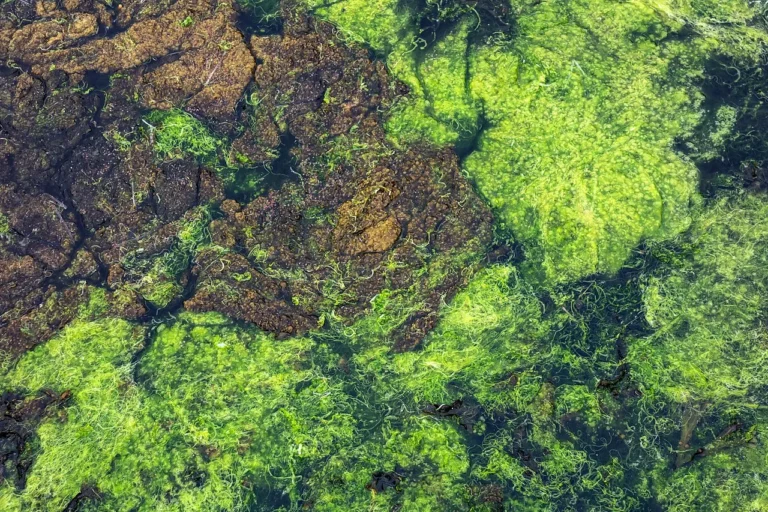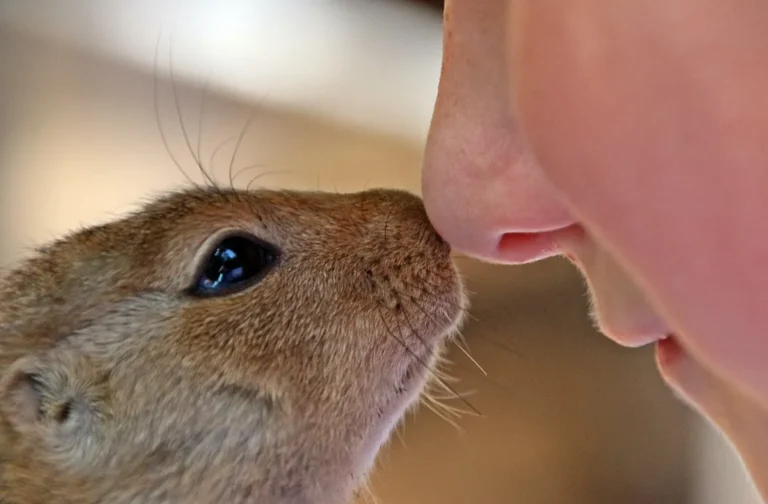Bioaugmentation Definition, Process, Limitations, Advantages, Uses
Bioaugmentation Definition, Comparison, Process, Limitations, Factors, Advantages, Applications
Bioaugmentation is the supplementation of native microbial populations in degraded environments with cultured microbes, to facilitate effective pollutant breakdown and removal. This article discusses bioaugmentation definition, comparison, principle, process, limitations, factors, advantages and applications, as outlined below;
-Bioaugmentation Definition: 4 Ways to Define Bioaugmentation
-Bioaugmentation and Bioremediation Comparison
-How Bioaugmentation Works: Outline of the Bioaugmentation Process
-Limitations of Bioaugmentation
-Factors Affecting Bioaugmentation
-Advantages of Bioaugmentation
Bioaugmentation Definition: 4 Ways to Define Bioaugmentation
Bioaugmentation the act and process whereby organisms (especially microbes) are introduced into a degraded medium, to help supplement or represent native organisms, and speed up biodegradation of pollutants [1].
An important inquiry that must be addressed in any elaborate discussion of this topic, is the difference between bioaugmentation and bioremediation. Below is an alternative bioaugmentation definition that attempts to do so;
Bioaugmentation is a technique of bioremediation which is concerned with supplying additional biological organisms to a degraded site or medium, in order to help speed-up the breakdown of pollutants and restoration of soil, water and air quality.
The above indicates that bioaugmentation differs from bioremediation, by being a technique (or technology) by which the latter is achieved. Bioaugmentation is less-broad in scope, and suited for cases involving pollution; whereby bioremediation is a broader concept that addresses multiple forms of environmental degradation.
To further understand the concept, it is helpful to outline the bioaugmentation definition based on how bioaugmentation works, as shown below;
Bioaugmentaion is a bioremediation technique that works by microbe supplementation, adaptation, and pollutant decomposition, so that pollution treatment in a medium is optimized by the help of organisms introduced from the external environment.
It is important to note that bioaugmentation has the advantage of being versatile, and can be implemented with different types of bioremediation including in situ and ex situ.
Combined implementation with other techniques is also possible, meaning that bioaugmentation can be part of an elaborate bioremediation strategy for treating complex cases of environmental degradation.
The final bioaugmentation definition below highlights some examples of bioaugmentation in practice;
Bioaugmentation is the act, technology and process of adding organisms to a medium which has undergone degradation in quality, so as to breakdown pollutants and restore the medium, as can be observed in examples like; compost-based bioaugmentation for cyanide remediation, and direct microbe injection in oil spill sites.
Bioaugmentation and Bioremediation Comparison
The difference between bioremediation and bioaugmentation is based on scope; where bioremediation has a much broader scope that encompasses bioaugmentation among other techniques.
Bioremediation is a more flexible, elaborate and versatile concept than bioaugmentation, which is more specific in its context as well as application.
This is because in bioaugmentation, effort must be made to ensure that the microorganisms used to inoculate a degraded medium are those which are capable of breaking-down the target pollutants in an effective manner [2].
For bioremediation, characterization of microbes is not generally necessary, unless there is a shortage of these microbes in terms of suitable species and/or population size.
Also, bioaugmentation does not focus on establishing suitable physicochemical conditions for pollutant decomposition, as it is solely concerned with biological conditions (in the form of organisms and their biochemical/metabolic activities).
It can however be used in combination with techniques like biostimulation and bioreactor-utilization, which specialize in the establishment of suitable physicochemical conditions to facilitate remediation.
Lastly, when practiced as a sole remediation measure, bioaugmentation can be much cheaper and simpler than elaborate bioremediation projects that may comprise of multiple techniques.
The table below summarizes the difference between bioremediation and bioaugmentation;
Comparison Criteria | Bioremediation | Bioaugmentation |
Relative Scope | Broad | Narrow |
Context(s) of relevance | Science, technology | Technology |
Objective(s) | Physicochemical, biological facilitation | Biological facilitation |
Relative potential complexity | High | Low |
Application | Multiple forms of degradation | Mainly pollution cases |
Relative specification | Low | High |
How Bioaugmentation Works: Outline of the Bioaugmentation Process
Bioaugmentation works by microbe inoculation or supplementation, adaptation, and pollutant decomposition, which occur after a degraded medium has been assessed to determine its biological activity level, and its needs in terms of suitable microbe species and population size required to effectively degrade pollutants.
The stages of supplementation, adaptation and pollutant-decomposition can be classified together as the bioaugmentation process.
A better outline of steps in the bioremediation process is; preliminary assessment, microbe selection and culturing, inoculation, detoxification, and monitoring.
1). Preliminary Assessment (as part of the Bioaugmentation Process)
Preliminary assessment is a foremost and important step in the bioaugmentation process.
It involves observation and evaluation of the degraded site to determine its condition and needs.
This step must be taken to decide whether or not a degraded environment requires bioaugmentation at all.
It involves identification of type of degradation, severity of degradation, type(s) of pollutant(s), and presence or absence of sufficient and suitable microbes and biomass (organic substrate for microbe metabolism), on the site.
All or some of these factors may need to be identified, depending on the nature of the scenario at hand.
Information derived can be used to guide the remainder of the bioaugmentation process.

2). Microbe Selection and Culturing
Microbe selection and culturing in bioaugmentation, has to do with the identification of suitable microbes for a given bioremediation project, and provision of these microbes in sufficient numbers, through controlled growing.
It is only possible to select and culture microbes for bioaugmentation after preliminary assessment of the degraded site or medium has been carried out, as this is the only means by which the most effective measures can be identified.
Culturing may be carried out in a lab, in the form of composting, in wastewater, or other suitable sources of nutrients for microbes.

3). Inoculation (as part of the Bioaugmentation Process)
Inoculation is the act of introducing microbes into the degraded site.
The required microbes may be directly introduced (in cases where they have been grown in isolation in a lab) or may be introduced alongside other microbial species in wastewater or compost.
Inoculation can be seen as the most active step in bioaugmentation, since it is the basis on which actual detoxification occurs.
4). Detoxification
Detoxification in bioaugmentation is the step or stage where pollutants in a degraded medium begin to breakdown as a result of microbial activity.
These pollutants are usually converted to less-harmful materials like carbon dioxide and water.
5). Monitoring (as part of the Bioaugmentation Process)
Monitoring may be carried out in bioaugmentation after actual treatment has occurred.
The aim of this step or practice, is to observe the effectiveness and rate of detoxification of the site.
Monitoring can be very helpful when bioremediation is occurring under iterative conditions; such as when dealing with unfamiliar pollutant(s) or microbe(s).
Limitations of Bioaugmentation
The limitations of bioaugmentation are;
1). Unsuitability for non-biodegradable pollutants
2). Cannot be used for other forms of degradation aside pollution
3). Is not solely sufficient for some cases like heavy metal [3] and polycyclic aromatic hydrocarbons (PAHs)
4). Microbial activity can yield some toxic byproducts
5). Challenges may be encountered when searching for suitable microbes
6). High mortality risk for inoculated microbes
7). Poor dispersal challenges
Factors Affecting Bioaugmentation
The factors affecting bioaugmentation are physicochemical conditions, biological and situational parameters like;
1). Soil type
2). pH
3). Temperature
4). Organic matter content
5). Moisture
6). Nutrient concentration
7). Aeration
8). Type of pollutant(s)
9). Severity of pollution
10). Microbes present
11). Rate and trend of microbial activity
Advantages of Bioaugmentation
Advantages of bioaugmentation are;
1). Relative simplicity
2). Low labor demand
3). Can be conducted in-situ or ex-situ
4). Ability to tailor treatment to specific pollutant(s) [4]
5). Low cost
Bioaugmentation Applications
Bioaugmentation applications are;
1). Oil spill cleanup
2). Heavy metal remediation
3). Industrial effluent treatment
4). Wastewater treatment
5). Ecosystem conservation
Conclusion
Bioaugmentation is the technique, technology, act and process of inoculating a degraded medium with supplementary microbial strains to facilitate rapid and effective pollutant decomposition.
Criteria that are usable for the definition and understanding of bioaugmentation are applications, examples, tools, process, advantages and principles.
Bioaugmentation and bioremediation differ in scope, context, objectives, complexity, specification, and application.
Bioaugmentation works through the bioaugmentation process, which comprises of;
1. Preliminary Assessment
2. Microbe Selection and Culturing
3. Inoculation
4. Detoxification
5. Monitoring
The limitations of bioaugmentation are; narrow suitability range, insufficiency for some pollutants like heavy metals, poor dispersal, mortality risk for microbes, selection challenges, and toxic byproducts.
The factors affecting bioaugmentation are; soil type, pH, temperature, organic matter content, moisture, nutrient concentration, aeration, type of pollutant, severity of pollution, microbes present and microbial activity trend.
Advantages of bioaugmentation are; simplicity, low labor demand, high-specification capacity, and low cost.
Bioaugmentation applications are; oil spill cleanup, heavy metal remediation, industrial effluent treatment, and ecosystem conservation.
References
1). Adams, G.; Tawari-Fufeyin, P.; Okoro, S. E.; Ehinomen, I. (2015). "Bioremediation, Biostimulation and Bioaugmention: A Review." Available at: https://doi.org/10.12691/ijebb-3-1-5. (Accessed 9 January 2023).
2). Garbisu, C.; Garaiyurrebaso, O.; Epelde, L.; Grohmann, E.; Alkorta, I. (2017). "Plasmid-Mediated Bioaugmentation for the Bioremediation of Contaminated Soils." Front Microbiol. 2017 Oct 9;8:1966. Available at: https://doi.org/10.3389/fmicb.2017.01966. PMID: 29062312; PMCID: PMC5640721. (Accessed 8 January 2023).
3). Kurniawan, S. B.; Ramli, N.N.; Said, N. S. M.; Alias, J.; Imron, M. F.; Abdullah S. R. S.; Othman, A.; Purwamti, I. F.; Hasan, H. A. (2022). "Practical limitations of bioaugmentation in treating heavy metal contaminated soil and role of plant growth promoting bacteria in phytoremediation as a promising alternative approach." Heliyon 8(4). Available at: https://doi.org/10.1016/j.heliyon.2022.e08995. (Accessed 8 January 2023).
4). Nzila, A.; Razaak, S. A.; Zhu, J. (2016). "Bioaugmentation: An Emerging Strategy of Industrial Wastewater Treatment for Reuse and Discharge." International Journal of Environmental Research and Public Health 13(9):846. Available at: https://doi.org/10.3390/ijerph13090846. (Accessed 8 January 2023).


